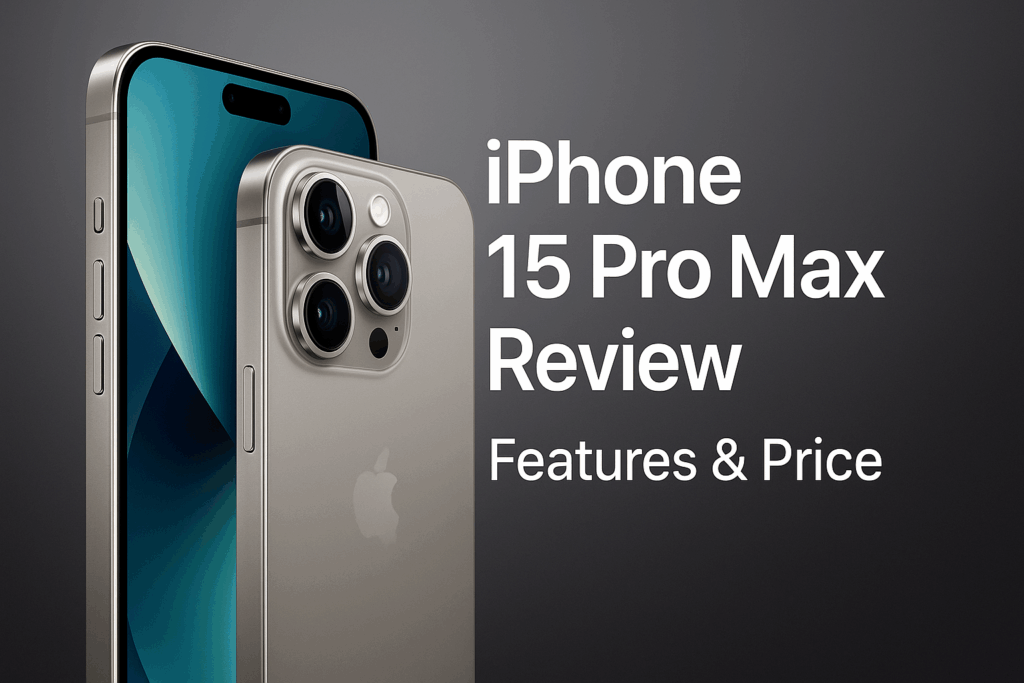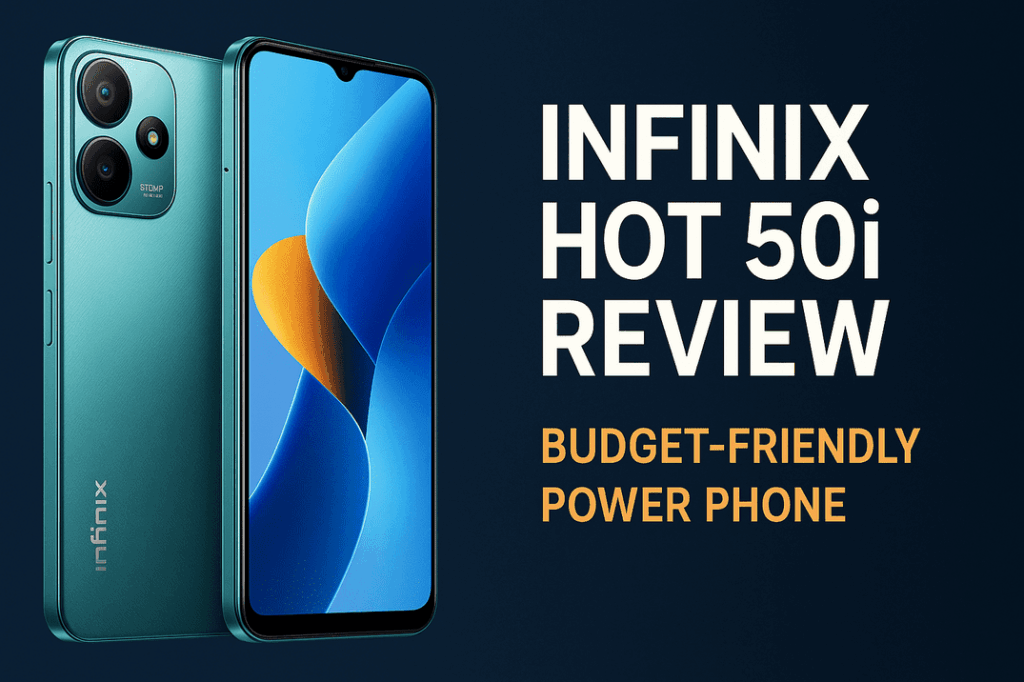We’ve all lived the scene. You’re trying to close a business deal, but your work phone—your trusted 9mobile line—has a weak signal. You awkwardly fumble in your bag or pocket for your second phone, the one with the Glo SIM that has a rock-solid data connection in this part of town. Or perhaps it’s the daily juggle: one phone for business calls, another for personal life, both constantly needing a charge. In Nigeria, this isn’t a niche problem; it’s an everyday reality for millions. The constant need to switch between networks for the best call quality, the most affordable data plan, or simply to keep business and personal lives separate has made carrying two phones a reluctant norm. It’s a chaotic, inefficient dance of chargers, pockets, and missed calls.
But what if there was an elegant, powerful solution to this chaos? For years, the dual SIM smartphone has been that solution, evolving from a simple convenience to an indispensable tool for productivity. Now, in 2025, this technology has undergone a profound evolution. The conversation is no longer just about two plastic cards. It’s about the powerful flexibility of the eSIM (Embedded SIM), and how it transforms the very concept of staying connected. Whether you’re a Lagos-based entrepreneur managing multiple lines, a professional navigating Nigeria’s complex network landscape, or a world traveler hopping between continents, choosing the right dual SIM phone is one of the most important tech decisions you can make. This is your ultimate guide to the best dual SIM phones of 2025, built for the modern power user.
The Dual SIM Revolution: Understanding Your Options in 2025
The term “dual SIM” used to mean one thing: a phone with two slots for two physical SIM cards. Today, the technology has branched out, offering different combinations of hardware and software to suit various needs. Understanding these options is the first step to choosing your perfect connectivity companion.
1. The Classic: Dual Nano-SIM
This is the traditional and most widely understood implementation. The phone has a tray that can accommodate two separate, physical nano-SIM cards. You can pop in your MTN SIM and your Airtel SIM, and you’re good to go.
- Pros: It is simple, tangible, and universally compatible. Any SIM card from any carrier in the world will work. Swapping cards is as easy as using a SIM ejector tool. In many parts of Nigeria, where buying and swapping physical SIMs is the norm, this remains the most straightforward and reliable option.
- Cons: Physical SIMs can be lost, damaged, or stolen. If you travel internationally, you need to find a local store to buy a new SIM card upon arrival. It lacks the modern flexibility of its digital counterpart.
2. The Hybrid Standard: Physical SIM + eSIM
This has become the most common implementation in modern flagship phones. The device has one slot for a traditional physical nano-SIM, plus an embedded, digital eSIM. An eSIM is a tiny chip soldered directly onto the phone’s motherboard. You don’t insert it; you activate it by scanning a QR code or through a carrier’s app. This allows you to have two active lines using two different technologies.
- Pros: This setup offers incredible flexibility. You can keep your primary Nigerian physical SIM (for calls and OTPs) in the phone permanently, then add a second line via eSIM. This could be a data-only plan from a local provider or, crucially for travelers, a temporary data plan for another country that you can purchase and install before you even leave home. You can store multiple eSIM profiles on your phone and switch between them as needed.
- Cons: While eSIM adoption by Nigerian carriers has grown significantly by 2025, it’s not yet universal. The activation process can sometimes be less straightforward than just popping in a plastic card.
3. The Future: Dual eSIM
Some phones, particularly iPhone models sold in the United States, have completely removed the physical SIM tray. These devices operate on a dual eSIM system, meaning both of your active lines are digital. You can have two eSIMs active at the same time and store many more on the device.
- Pros: This offers the ultimate digital convenience and security. Your SIM profiles cannot be physically removed and stolen if your phone is lost. Switching carriers or travel plans is as easy as downloading a new profile.
- Cons: This is the least practical option for many users in the Nigerian context. It locks you out of using any carrier that doesn’t support eSIM and makes it impossible to quickly borrow a friend’s SIM or use a temporary physical SIM in an emergency. It’s a bold step into the future that may not be suitable for the present-day realities of many markets.
The 2025 Dual SIM Champions: A Head-to-Head Review
Now, let’s look at the top phones of 2025 and evaluate them based on the power and flexibility of their dual SIM implementation.
The Flexibility King: Samsung Galaxy S25 Ultra
The Implementation: For years, Samsung has understood the needs of its diverse global user base, and the S25 Ultra is the pinnacle of this philosophy. In most regions, including Nigeria, it offers the gold standard of flexibility: a dual nano-SIM tray plus full eSIM support. This means you have the choice to use two physical SIMs at the same time, or one physical SIM and one eSIM. This “have your cake and eat it too” approach is unbeatable.
Software Management: Samsung’s One UI provides a robust and intuitive “SIM manager” in the settings. With a few taps, you can assign a default SIM for Calls, Messages, and Mobile Data. For example, you can set your Airtel SIM as the default for all calls, but your Glo SIM as the default for all mobile data. You can also enable the “ask always” option for calls, which prompts you to choose a line every time you dial. The software is mature, stable, and built for power users.
Best For: The Nigerian power user, bar none. This phone is for the entrepreneur who has a physical business line and a personal line, but also wants the freedom to add a travel eSIM for a trip to Dubai without having to physically remove one of their essential local SIMs. It offers a solution for every possible scenario.
The Seamless Traveler: Apple iPhone 17 Pro Max
The Implementation: Apple is the company that pushed eSIMs into the mainstream. For international models sold in Nigeria and most of the world, the iPhone 17 Pro Max offers a physical nano-SIM slot plus eSIM support, with the ability to have two eSIMs active simultaneously if you don’t use the physical slot. (It’s important to note that models sold in the US are eSIM-only).
Software Management: iOS is renowned for its simplicity and seamless integration. Managing your two lines is incredibly easy. You can clearly label your plans (e.g., “Primary,” “Business,” “Travel”) which then appear throughout the OS, in your contacts, and in the messages app. iMessage and FaceTime work flawlessly with both lines, allowing you to choose which number to initiate a conversation from. The true magic for travelers is the App Store ecosystem. Apps like Airalo, GigSky, and Holafly allow you to browse, purchase, and install a data eSIM for over 190 countries directly on your device, making for an incredibly frictionless travel experience.
Best For: The frequent international traveler and the professional who is embedded in the Apple ecosystem. The ability to land in London, New York, or Accra and activate a pre-purchased local data plan while keeping your Nigerian line active for calls and SMS is a game-changer.
The Pragmatist’s Workhorse: The Samsung Galaxy A56
The Implementation: While the flagships innovate with eSIMs, the mid-range is where practicality reigns supreme. A top-tier mid-range phone like the fictional Galaxy A56 will almost always feature a dedicated dual nano-SIM tray, and often, a separate, dedicated slot for a microSD card. This means you don’t have to choose between a second SIM and more storage.
Software Management: The software experience for managing SIMs is nearly identical to its flagship S-series sibling. You get the same robust, easy-to-use tools for assigning default lines for calls, texts, and data. The core functionality is all there.
Best For: The vast majority of dual SIM users in Nigeria. This is for the student, the small business owner, and the everyday user who needs the straightforward, works-everywhere reliability of two physical SIM cards. It forgoes the “fancy” eSIM tech for a practical, cost-effective solution that is perfectly suited to the realities of the local market. It is the undisputed value champion.
Dual SIM Power User Tips and Tricks
- Split Your Bills: The classic Nigerian strategy. Use the carrier with the most reliable voice network and coverage for your primary call line. Use your second slot for a carrier known for its cheap, bulk data plans. This simple trick can save you a significant amount of money each month.
- The WhatsApp Business Hack: This is a game-changer for entrepreneurs. With a dual SIM phone, you can have two versions of WhatsApp running on the same device. Use your personal number for the standard WhatsApp and register your business number on the WhatsApp Business app. This allows you to keep customer communications, catalogues, and business profiles completely separate from your personal life, all on one phone.
- Become a Global Local: Before you travel, use an app like Airalo to purchase a data eSIM for your destination. You can often install it while still in Nigeria. The moment you land and turn off airplane mode, your phone will connect to the local network, giving you instant access to data for maps or ordering a ride, without the hassle of hunting for a SIM card kiosk or paying exorbitant roaming fees.
- Assign Defaults to Contacts: Both Android and iOS allow you to set a default SIM for specific contacts. Go into your contacts app and set it to always call your family from your personal line and always call your clients from your business line. This removes the friction of having to choose a line for every single call.
Conclusion: Choose Your Connectivity Companion
In 2025, dual SIM functionality has transcended from being a mere feature to being a core statement about how you manage your digital life. It is a tool for savings, a facilitator for global travel, and a pillar of productivity for professionals and entrepreneurs. The “best” dual SIM phone is no longer a one-size-fits-all answer. It’s about finding the implementation that best suits your personal and professional needs.
If you demand the ultimate in flexibility—the ability to handle any combination of physical SIMs and eSIMs that life throws at you—the Samsung Galaxy S25 Ultra is your undisputed champion. For the frequent traveler who values a seamless, integrated, and secure digital experience, the Apple iPhone 17 Pro Max is the perfect companion. And for the pragmatic user who needs a reliable, no-nonsense solution for managing two local lines, a mid-range hero like the Samsung Galaxy A56 offers unbeatable value. Whichever you choose, embracing the power of dual SIM is the first step to bringing elegant order to your connected chaos.


